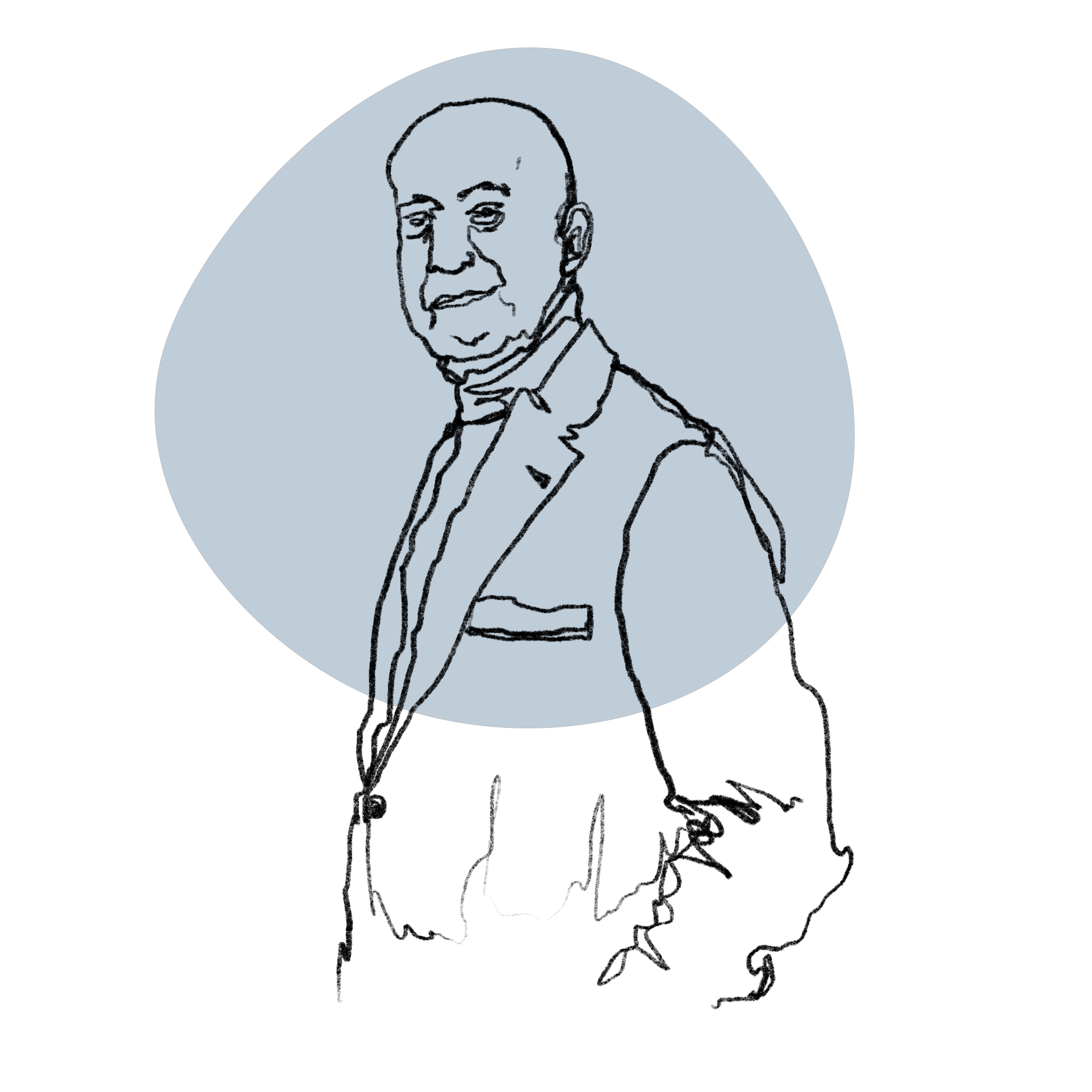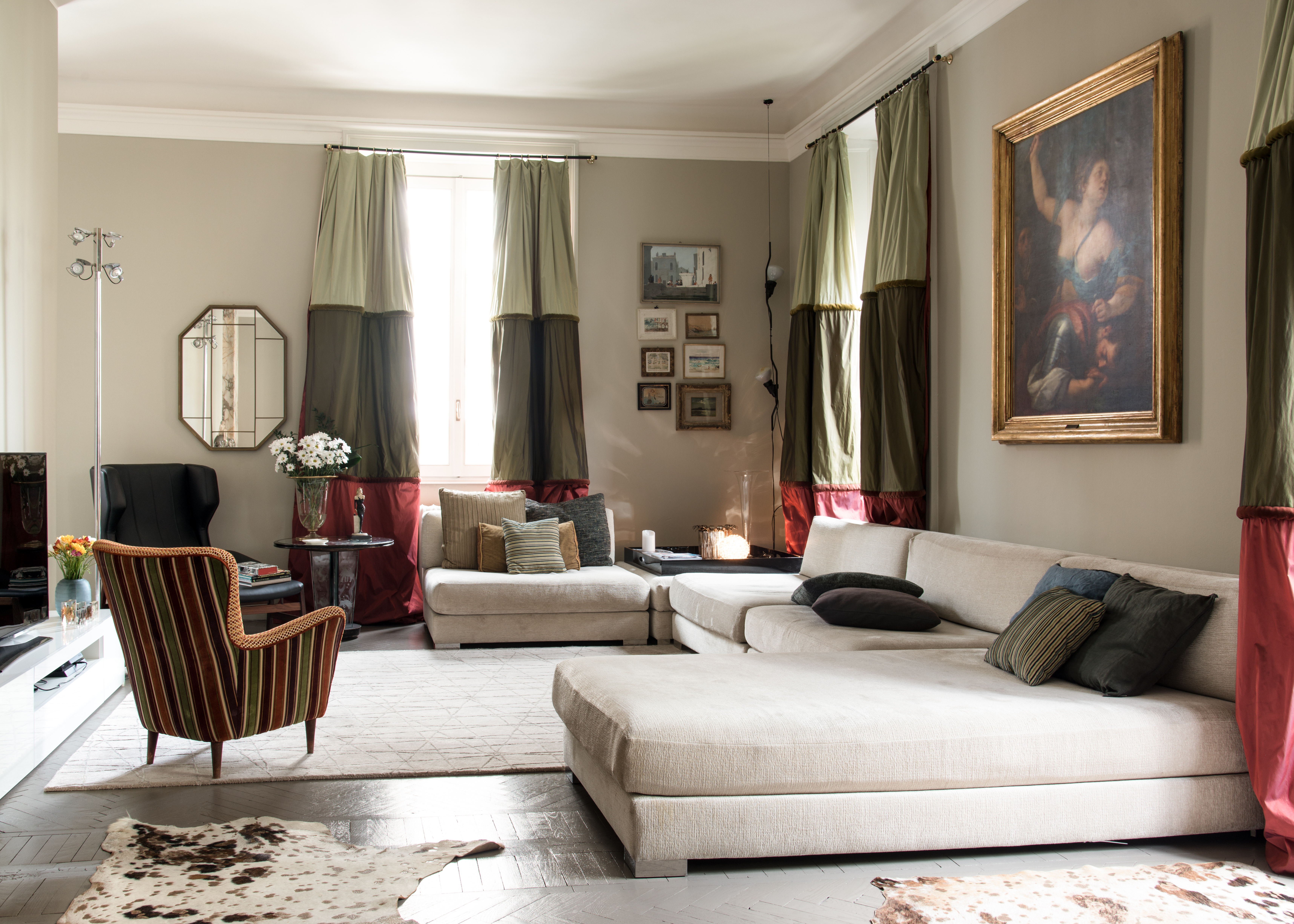Between TV series and the big screen, as you know, the intOndo team does not miss out on tidbits and vintage details to be found among movie sets and scenography. On this occasion, we could not fail to dedicate a space to some of the most popular and awarded films of the last Academy Awards: these movies convey unique atmospheres where the retro touch is always an element of personality that makes the difference. Enjoy, and get inspired!

1. The eclectic elegance of The Father
The film, which won the Academy Award for best actor (Anthony Hopkins), takes place for the most part in a large apartment that is the quintessence of British eclecticism, focused on the cozy effect obtained through a sophisticated but welcoming atmosphere: here we are in splendid Maida Vale, one of the residential areas in north London most loved by the British. A few steps from the Regents' Canal and the picturesque neighborhood of Little Venice, between Victorian style houses and lush gardens stands the mansion house of The Father, a typical example of an early 20th century building, with high ceilings interiors and architectural details associated with the Arts and Crafts movement established in England by William Morris, and in Scotland by Charles Rennie Mackintosh, at the end of the 19th century: from the fireplace decorated with colorful tiles to the colored glass embellishing the doors, when you watch this movie you will notice such typical elements of the London interiors from the early 20th century to the 30s. The Arts and Craft context mixes with 50s and 60s furnishings such as Scandinavian-style armchairs in teak and soft velvets, and side tables in brass and plexiglas, alternating with pieces featuring a more imposing character and sculptural volumes, such as Art Deco sideboards with rounded or wave-worked panels, on which elegant table lamps with parallelepiped bases are placed.

2. Mank: the apotheosis of luxury
The movie, which was awarded for best photography, is an ode to the 30s Hollywood glamor: it is no coincidence that the film is totally shot in black and white ... how more vintage than that can you get?! The opulent interiors showcase varied styles, from Spanish elements to gothic style details, interspersed with large hanging tapestries, wood paneling and ornate fireplaces, which immerse the viewer in the electrifying cinema and star system universe in its dawn, between parties, stars in evening dresses and producers in search of successful screenplays. Like most films shot in black and white in the age of color, the vintage effect becomes magically contemporary, immersing characters and viewers in a unique dimension, that would never be the same if it were filmed in color.

3. The simplicity of Minari
Awarded the Academy Award for best actress (Yuh Jung Youn), Minari testifies how certain types of aesthetics and themes faced by international film making are nurtured by the vintage world and circular economy, in particular through flea markets, as set designer Lee Yong Ok explained in an interview with the American Film Institute: she collected many of the furnishings and objects for this film between flea markets and yard sales, which generate the reuse of useful objects that would otherwise risk being thrown or forgotten in a warehouse. The result? Simple vintage touches, which bring to the interiors the feeling of a lived-in place: located in the rural Arkansas countryside, the trailer home where the main characters live is furnished with rustic-style wooden furniture combined with wallpapers, classic design armchairs, Formica furnishings and retro textile lampshades.






.png)






